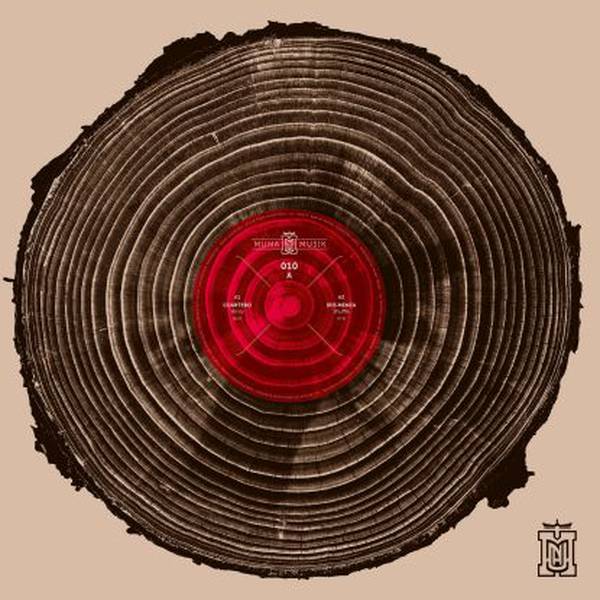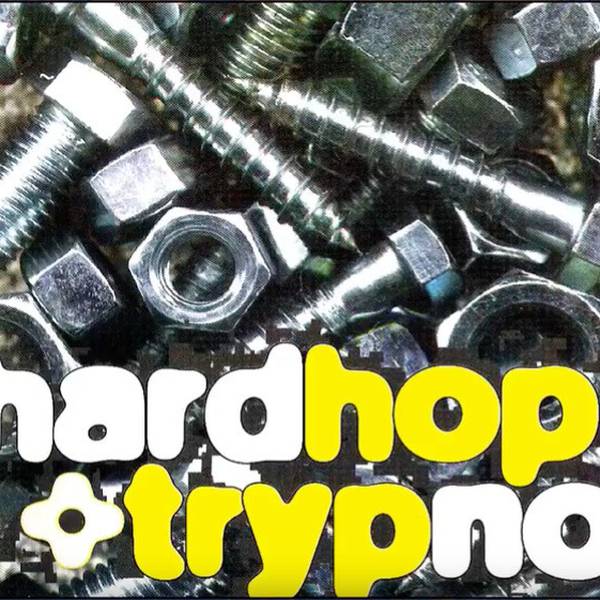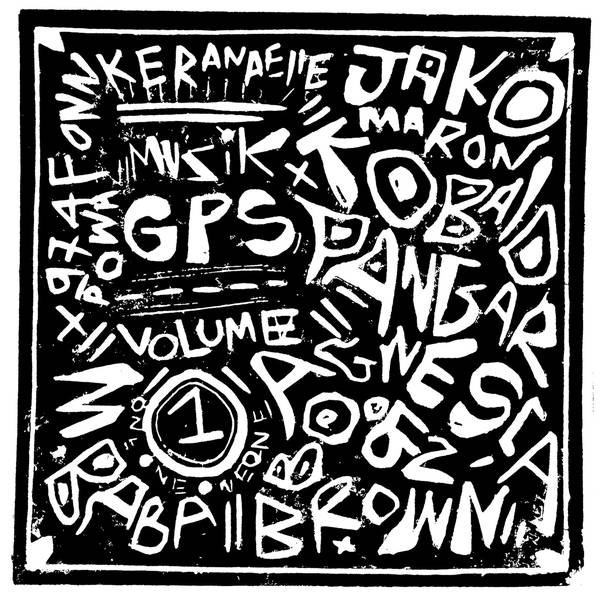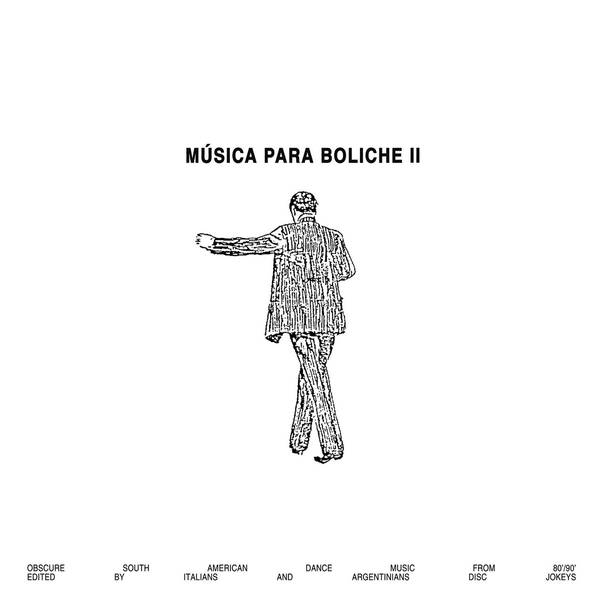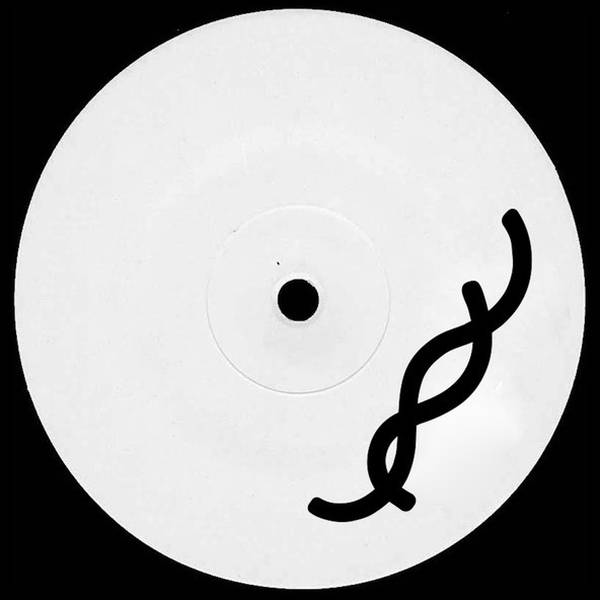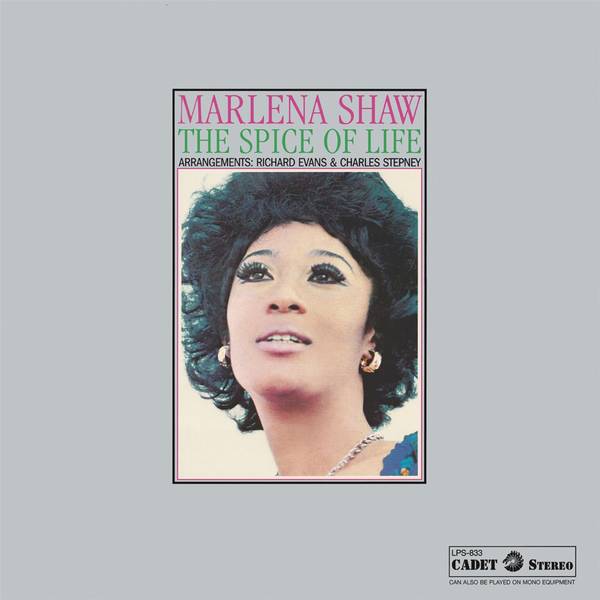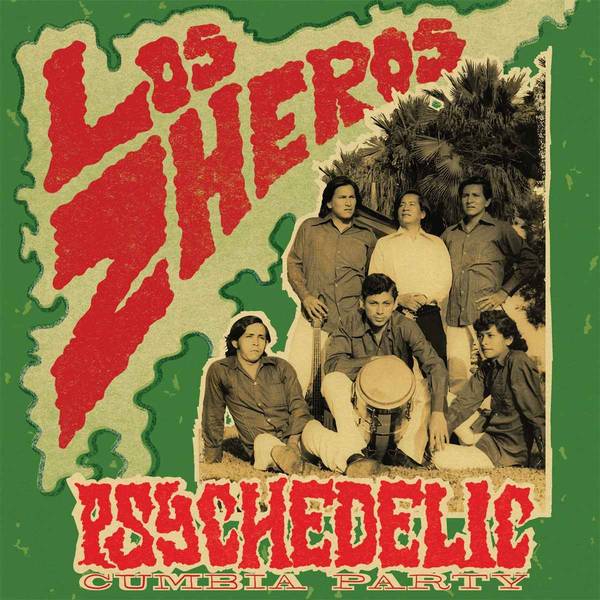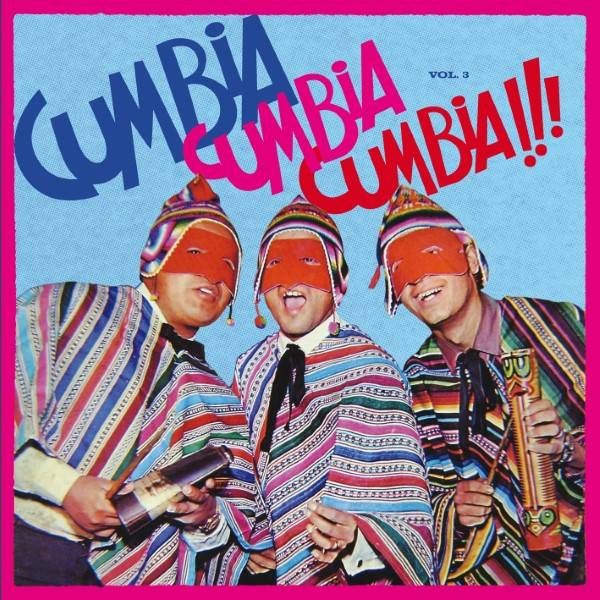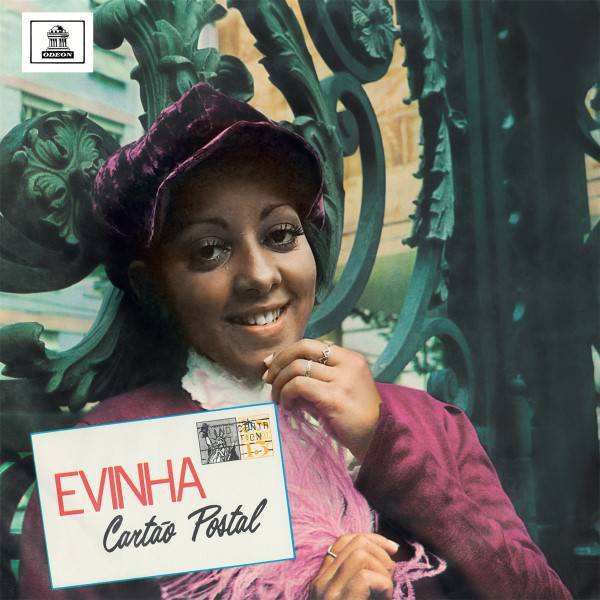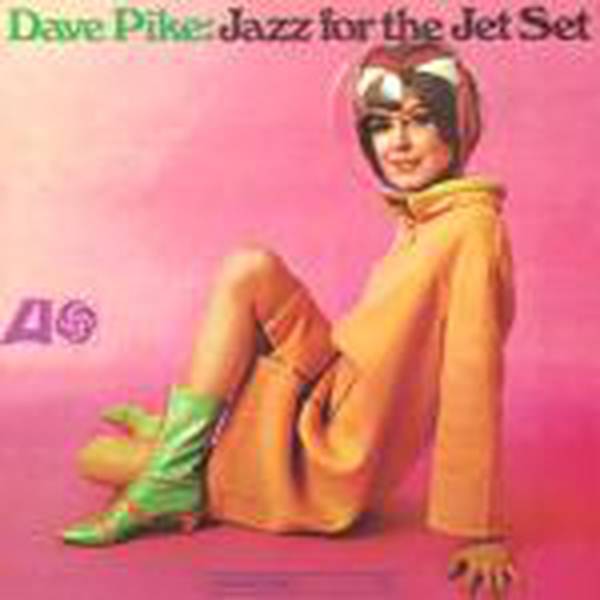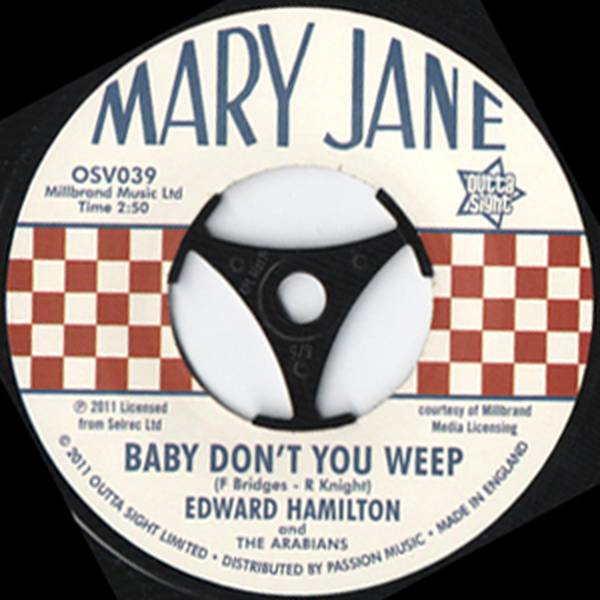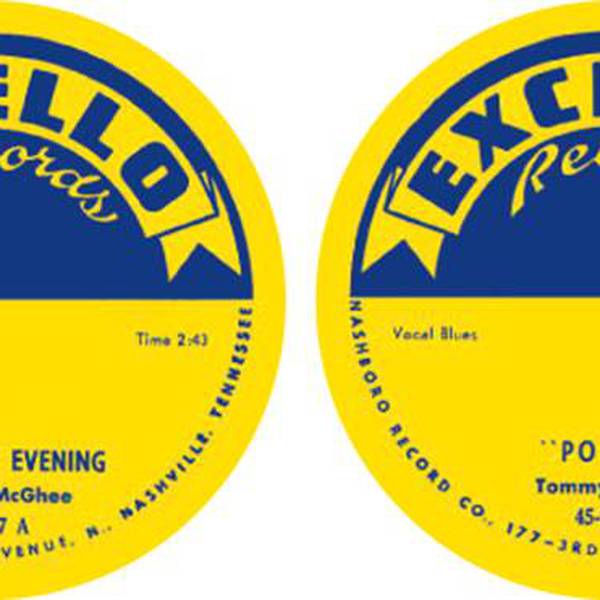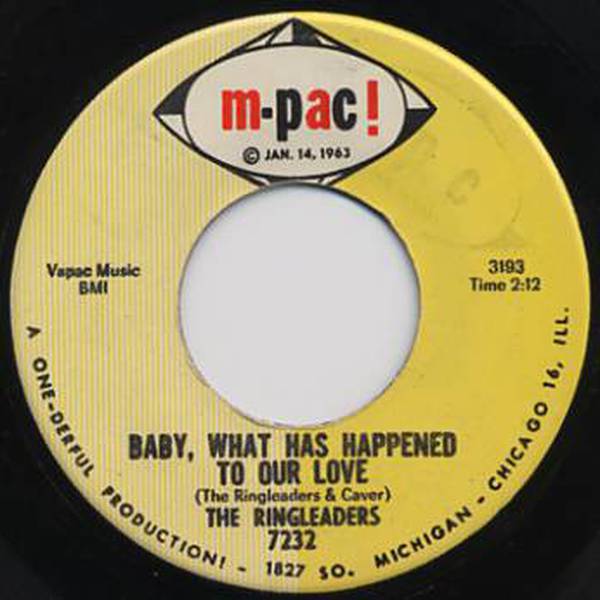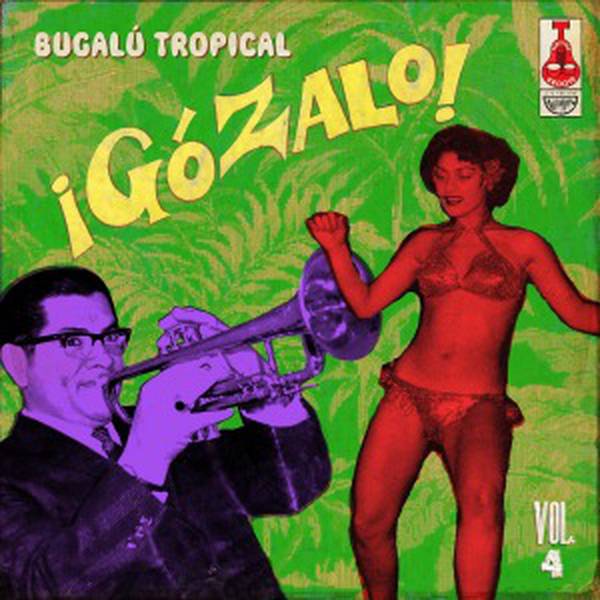
Tax included, Shipping not included
Volume 4 of our successful series of tropical Peruvian music of the 60s. An exciting, spicy mix of musical gems that fill in the link between the mambo era and the dawn of salsa in South America.
+++Another great selection of tracks from a little known but essential period in the development of Latin Music.+++A terrific, dance-inducing mix of genres across 28 tracks: boogaloo, mambo, son, guaracha, cumbia...Features liner notes in Spanish and English by expert Carlos Torres Rotondo plus photos and original artwork Reproductions.+++++ When drawing the musical map of Latin America, the mistake is often made to identify the zone of influence of Afro-Latin music only around the Caribbean.
It's true that the great creators are Cuban and Puerto Rican, but when their music spread out across Latin America, similar scenes sprung up in other parts of the continent.
It was during the 50s that the genre captivated Peru.Tropical orchestras appeared everywhere with a repertoire based on mambos, guarachas and, to a lesser extent, boleros and merengues.
However, over the Afro- Cuban foundation they added diverse influences and reached a new sound, different from their inspiration.
Within the core of the tropical music scene, the Sonora de Lucho Macedo was the first group of its kind in the middle of an environment exclusively populated by orchestras.
Beyond his irrefutable professional merits, Macedo's essential contribution was to recruit musicians that later on would start the most important boogaloo groups.
The first one to leave his band and go his own way was Joe Di Roma. Bongoist Ñiko Estrada left a little later to create his Sonora Antillana.
From Macedo's band also came double bass player José "Pepe" Hernández, percussionists Mario Allison and Coco Lagos, trumpet player Tito Chicoma and singer Charlie Palomares - almost all of the main artists of the golden age of boogaloo in the mid-60s, each of them a director of their own band.
1962 saw the arrival of Nilo Espinosa, a saxophonist with a solid academic formation and a deep knowledge of jazz.
The puzzle was completed with the self-taught pianist Otto de Rojas. They all knew each other from the hotels, parties and TV sets, but especially from the recording studio sessions.
The height of the tropical orchestras coincided with boogaloo. At that point the scenario had changed.
The massive migration inland towards the capital brought along a radical change in popular music, giving birth to Peruvian cumbia, which also had a tropical foundation.
The Afro-Cuban influence, without disappearing at all, left room for a Colombian influence.
With the new decade the market was taken over by cumbia and salsa. An era had reached its end.
Details
Genre
Release Date
15.04.2011
Cat No
48649
Produkt- und Herstellerinformationen
